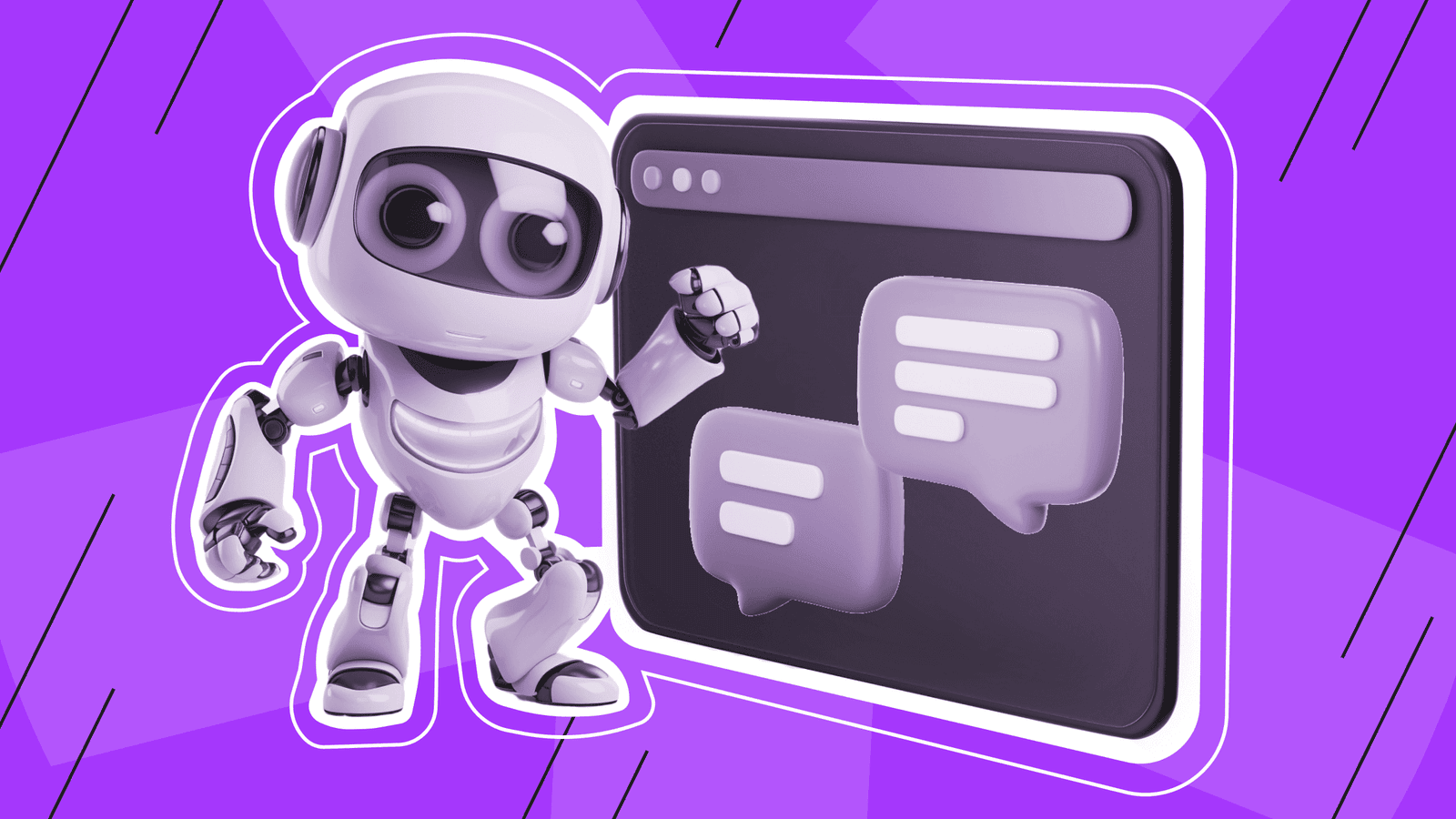Well, hello hello, there! In today’s digital age, content reigns supreme. But churning out high-quality, engaging content day after day can feel like an uphill battle. What if there was a secret weapon that could supercharge your content marketing plan and make content creation a breeze?
Well, there is! Enter AI copywriting! This revolutionary technology is transforming the way marketers create content, and those who embrace it are reaping the rewards.
But before you jump on the AI bandwagon, you need a solid plan. This comprehensive guide will reveal the secrets to seamlessly integrating AI copywriting into your content marketing strategy, unlocking unprecedented levels of efficiency and success.
Unleash the Power of AI: Why It’s a Game-Changer for Your Content Marketing
AI copywriting tools, powered by sophisticated large language models (LLMs), are like having a tireless writing assistant at your beck and call. They can generate a wide range of content, from catchy social media posts to compelling blog articles, freeing you up to focus on the bigger picture.
Here’s why AI copywriting is a must-have for your content marketing arsenal:
- Lightning-Fast Content Creation: AI can generate content in seconds, dramatically speeding up your production process.
- Idea Generation Machine: Struggling with writer’s block? AI can spark creative ideas and suggest fresh angles for your content.
- Consistency Powerhouse: Maintain a consistent brand voice and tone across all your content channels with AI’s help.
- Cost-Effective Solution: Reduce your reliance on expensive freelance writers and agencies, saving you valuable budget.

Before You Begin: Key Considerations for AI Integration
While AI copywriting offers incredible benefits, it’s not a magic bullet. To ensure a successful integration, you need to consider a few crucial factors:
- Define Your Content Goals: What are you hoping to achieve with your content marketing? Do you want to increase brand awareness, drive traffic to your website, or generate leads? 📈 Clearly defining your goals will guide your AI tool selection and usage.
- Understand Your Audience: Who are you creating content for? What are their interests, pain points, and preferences? AI can personalize content, but you need to provide it with the necessary insights.
- Human Oversight is Essential: AI is a powerful tool, but it still requires human guidance. You’ll need to review, edit, and refine the content generated by AI to ensure accuracy, relevance, and brand alignment.
- Test and Refine: Just like any other marketing strategy, your approach to AI copywriting should be iterative. Experiment with different tools, prompts, and workflows to find what works best for you.
Step-by-Step Guide: Integrating AI Copywriting into Your Content Marketing Plan
Now that you’ve laid the groundwork, let’s dive into the practical steps of integrating AI copywriting into your content marketing plan:
1. Choose the Right AI Copywriting Tool:
The market is flooded with AI copywriting tools, each with its own strengths and weaknesses. Here are some popular options to consider:
- ChatGPT: The most well-known generative AI tool, offering both free and paid plans with access to sophisticated LLMs. It excels at generating various types of marketing copy and can be customized to your specific audience and brand tone-of-voice.
- Google Gemini: Backed by Google’s vast resources, Gemini provides access to real-time web data and offers a premium option for more advanced features. It’s a strong contender for staying up-to-date with current information.
- Claude: This conversational AI tool offers different models to cater to specific needs and boasts larger token limits for handling extensive prompts and responses. It also allows you to add files or URLs to enhance the relevance of its output.
- Jasper and Writesonic: These subscription-based services focus specifically on marketing copywriting and offer features like long-form content generation, multi-language support, and templates for various marketing channels.
- Specialized Tools: Consider niche tools like Hoppy Copy for email marketing or Hyperwriter for social media post generation.
When choosing a tool, consider factors like:
- Features: Does the tool offer the specific content types and functionalities you need?
- Ease of Use: Is the interface intuitive and user-friendly?
- Customization: Can you tailor the output to your brand voice, tone, and target audience?
- Pricing: Does the pricing model align with your budget?
2. Train Your AI Tool:
Once you’ve chosen your weapon of choice, it’s time to train your AI companion to understand your brand and target audience. Here are some training tactics:
- Custom Instructions: Provide the AI with detailed instructions on your brand’s style guide, tone of voice, and key messaging points.
- Upload Brand Assets: Share relevant brand documents, website content, and marketing materials with the AI to familiarize it with your brand identity.
- Example Content: Feed the AI with examples of high-performing content from your niche or competitors to help it learn the desired style and format.
3. Develop AI-Assisted Content Workflows:
Integrating AI doesn’t mean throwing your existing content creation process out the window. Instead, think about how AI can enhance each stage of your workflow. Here’s an example:
- Ideation: Use AI to brainstorm content ideas, generate topic clusters, and identify trending keywords.
- Outlining: Let AI create a basic outline for your blog post, article, or video script.
- Drafting: Have AI generate the first draft of your content, focusing on factual information and key points.
- Editing and Polishing: Review, edit, and refine the AI-generated content, adding your unique insights, personality, and brand voice.
- Proofreading and Optimization: Use AI-powered grammar and plagiarism checkers to ensure quality and originality.
4. Scale Your Content Production:
With AI as your trusty sidekick, you can significantly ramp up your content output without sacrificing quality. Here are some ways to leverage AI for content scaling:
- Repurposing Content: Transform existing content into different formats, such as turning a blog post into a video script or an infographic.
- Creating Variations: Generate multiple versions of the same content piece to test different headlines, calls to action, or target audiences.
- Automating Social Media Posts: Schedule AI-generated social media posts to maintain a consistent online presence.
5. Measure and Analyze Performance:
Don’t just rely on your gut feeling to judge the success of your AI-powered content. Track key metrics like website traffic, engagement, and conversion rates to measure the impact of your AI integration. Analyze the data to identify what’s working and what needs improvement.
The AI Trap: Don’t Fall for These Common Pitfalls!
While AI copywriting is a powerful tool, it’s essential to be aware of its limitations and avoid common pitfalls that can hinder your success:
- Over-Reliance on AI: Don’t treat AI as a replacement for human creativity and expertise. Always review, edit, and refine AI-generated content to ensure accuracy, relevance, and brand alignment.
- Neglecting Content Strategy: AI can generate content, but it can’t define your overall content strategy. You still need a solid plan that aligns with your business goals and target audience.
- Ignoring Ethical Considerations: AI can be used to create misleading or harmful content. Be responsible and use AI ethically.
- Expecting Perfection: AI is a constantly evolving technology, and even the most sophisticated tools can make mistakes. Be prepared to iterate and refine your approach as AI technology advances.

Conclusion
Integrating AI copywriting into your content marketing plan is no longer a futuristic concept; it’s a present-day reality. By understanding the benefits, challenges, and best practices of AI integration, you can unlock a world of possibilities for your content creation process.
Remember, AI is not here to replace human marketers. It’s here to augment our capabilities, making us more efficient, creative, and successful. Embrace the power of AI, and watch your content marketing efforts soar to new heights!
FAQs
Can AI completely replace human writers? No, AI is a tool that can assist human writers, but it cannot completely replace them. Human creativity, critical thinking, and emotional intelligence are still essential for crafting high-quality content that resonates with audiences. AI can help with tasks like generating ideas, drafting content, and proofreading, but the final product should always be reviewed and refined by a human writer.
What are the ethical considerations of using AI for content creation? It’s crucial to use AI for content creation ethically and responsibly. This includes ensuring that the content generated by AI is accurate, unbiased, and not misleading. It’s also important to be transparent about the use of AI in content creation and to avoid using AI to create content that could be harmful or offensive.
How can I ensure that AI-generated content is original and not plagiarized? Most reputable AI copywriting tools have built-in plagiarism checkers. However, it’s still a good practice to run the AI-generated content through additional plagiarism detection software to be sure. You can also manually check for plagiarism by searching for specific phrases or sentences from the AI-generated content online. Remember, originality is key to successful content marketing.

